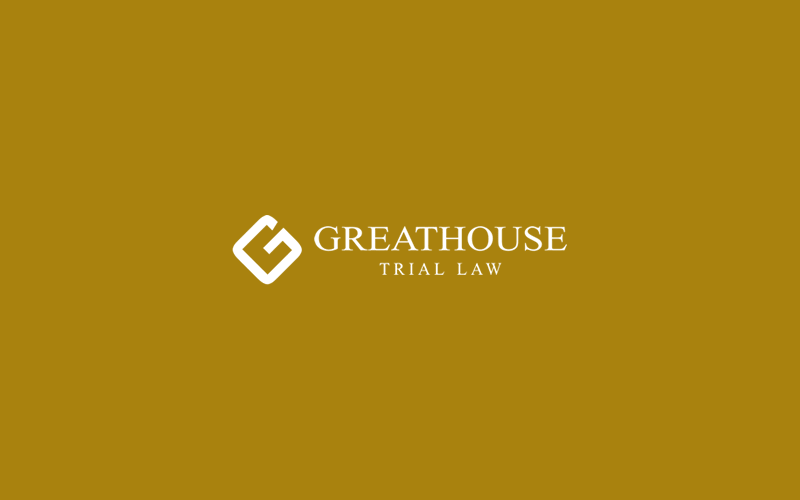
Lidar Annotation Services: Essential Guide for ADAS Development
- Macgence AI
- Technology
- 2025-07-15 13:18:16
- 564K
Advanced Driver Assistance Systems (ADAS) have transformed from futuristic concepts into everyday reality. These sophisticated systems that help prevent accidents and improve driving safety rely on one critical component: precise environmental understanding. The key to this understanding lies in lidar annotation services, which provide the foundation for ADAS systems to accurately perceive and respond to their surroundings.
Lidar annotation services represent a specialized field within artificial intelligence that focuses on labeling and processing three-dimensional point cloud data generated by lidar sensors. These services are essential for training machine learning models that power ADAS features like automatic emergency braking, lane departure warnings, and adaptive cruise control. This comprehensive guide explores how lidar annotation services work, their critical role in ADAS development, and the technical challenges and opportunities that lie ahead.
Understanding 3D Point Cloud Annotation Services
What Are 3D Point Cloud Annotations?
3D point cloud annotation involves labeling individual data points within a three-dimensional space captured by lidar sensors. Unlike traditional 2D image annotation, which only provides height and width information, 3D point cloud annotation adds depth perception—a crucial element for ADAS systems to understand spatial relationships between objects.
Each point in a lidar-generated point cloud contains precise coordinates (x, y, z) along with additional information such as intensity values. Professional annotation services process this raw data by identifying and labeling objects like vehicles, pedestrians, road signs, barriers, and lane markings. This labeled data then trains machine learning algorithms to recognize similar objects in real-world driving scenarios.
The Annotation Process
The 3D point cloud annotation process typically involves several stages:
Data Collection: Lidar sensors mounted on vehicles capture millions of data points per second as they move through various environments. This creates dense point clouds that represent the surrounding landscape in three dimensions.
Object Identification: Skilled annotators use specialized software to identify different objects within the point cloud. They must distinguish between various types of vehicles, infrastructure elements, and environmental features.
Precise Labeling: Each identified object receives specific labels and bounding boxes that define its exact position and dimensions within the 3D space. This precision is critical for ADAS systems to make accurate decisions.
Quality Assurance: Multiple rounds of review ensure annotation accuracy. Even small errors in labeling can lead to safety issues when ADAS systems encounter similar scenarios in real-world driving.
Key Features and Benefits
Superior Depth Perception
The primary advantage of 3D point cloud annotation over 2D image annotation is depth perception. ADAS systems must understand not just what objects are present, but their exact distance, size, and spatial relationships. A pedestrian 50 meters away requires different system responses than one 5 meters away. This depth information is fundamental to safe ADAS operation.
Comprehensive Environmental Understanding
3D point cloud annotation provides a complete 360-degree view of the vehicle's surroundings. This comprehensive coverage ensures ADAS systems can detect objects approaching from any direction, including blind spots that traditional camera-based systems might miss.
Weather and Lighting Independence
Lidar sensors function effectively in various weather conditions and lighting scenarios where cameras might struggle. Rain, fog, darkness, and bright sunlight can all impact camera performance, but lidar maintains consistent data quality. This reliability translates to more robust ADAS performance across diverse driving conditions.
High Precision Measurements
Lidar sensors provide millimeter-level accuracy in distance measurements. This precision enables ADAS systems to make fine-tuned decisions about vehicle positioning, safe following distances, and obstacle avoidance maneuvers.
Real-Time Processing Capabilities
Modern lidar annotation services are designed to support real-time processing requirements. ADAS systems must analyze incoming data and make decisions within milliseconds, and properly annotated training data ensures these systems can meet these demanding performance requirements.
Technical Challenges and Solutions
Data Volume and Complexity
Lidar sensors generate massive amounts of data—often several gigabytes per hour of driving. Processing and annotating this volume of information requires sophisticated computational resources and efficient workflows. Professional annotation services address this challenge through:
- Automated Pre-processing: Machine learning algorithms can handle initial object detection, reducing the manual annotation workload
- Distributed Processing: Cloud-based platforms enable parallel processing of large datasets
- Selective Annotation: Focus on complex scenarios and edge cases where manual expertise is most valuable
Annotation Accuracy and Consistency
ADAS systems require extremely high accuracy levels since annotation errors can lead to safety issues. Maintaining consistency across different annotators and projects presents significant challenges:
- Standardized Guidelines: Detailed annotation protocols ensure consistent labeling across different team members
- Multi-level Review: Multiple quality control stages catch errors before final dataset delivery
- Continuous Training: Regular training updates keep annotation teams current with evolving requirements
Hardware and Software Integration
Different lidar sensors have varying specifications, output formats, and performance characteristics. Annotation services must accommodate this diversity while maintaining data quality:
- Flexible Processing Pipelines: Adaptable workflows that can handle different sensor types and data formats
- Sensor Calibration: Understanding each sensor's characteristics to ensure accurate annotation
- Format Standardization: Converting diverse input formats into standardized outputs for machine learning training
Edge Case Handling
Real-world driving scenarios include countless edge cases that challenge both annotation teams and ADAS systems. These might include unusual weather conditions, construction zones, or atypical vehicle configurations:
- Scenario-Based Training: Targeted annotation of specific challenging scenarios
- Continuous Dataset Expansion: Regular addition of new edge cases to training datasets
- Simulation Integration: Combining real-world data with simulated scenarios to expand training coverage
Future Trends in 3D Point Cloud Annotation
Deep Learning Integration
The integration of deep learning algorithms into the annotation process represents a significant advancement. These algorithms can learn from previously annotated data to assist with new annotations, increasing efficiency while maintaining accuracy. Deep learning models can:
- Automatically detect and classify common objects
- Suggest annotation boundaries and labels
- Identify potential errors in manual annotations
- Continuously improve through exposure to new data
Automated Annotation Tools
As artificial intelligence capabilities advance, automated annotation tools are becoming more sophisticated. These tools can handle routine annotation tasks, allowing human annotators to focus on complex scenarios and quality assurance:
- Object Detection Networks: Pre-trained models that can identify common objects automatically
- Semantic Segmentation: Pixel-level classification of different scene elements
- Temporal Consistency: Tracking objects across multiple frames to maintain labeling consistency
High-Performance Computing
The computational demands of 3D point cloud annotation are driving adoption of high-performance computing (HPC) resources. These systems enable:
- Parallel Processing: Simultaneous annotation of multiple datasets
- Real-time Analysis: Immediate feedback on annotation quality
- Large-scale Training: Processing massive datasets for comprehensive model training
Multi-Modal Data Fusion
Future annotation services will increasingly integrate lidar data with other sensor types such as cameras, radar, and ultrasonic sensors. This multi-modal approach provides:
- Enhanced Accuracy: Cross-validation between different sensor types
- Comprehensive Coverage: Combining the strengths of different sensing technologies
- Robust Performance: Redundancy that maintains system function even if one sensor type fails
Standardization and Interoperability
The industry is moving toward standardized annotation formats and protocols that enable better interoperability between different systems and vendors:
- Common Data Formats: Standardized file formats for point cloud data and annotations
- Annotation Standards: Industry-wide protocols for consistent labeling practices
- Quality Metrics: Standardized measures for evaluating annotation accuracy and completeness
Transforming Automotive Safety Through Precision
Lidar annotation services represent a critical foundation for the next generation of automotive safety systems. As ADAS technology continues to evolve toward fully autonomous driving, the importance of high-quality, precisely annotated training data cannot be overstated.
The technical challenges in this field are significant—from processing massive data volumes to maintaining annotation accuracy across diverse driving scenarios. However, ongoing advances in deep learning, automated tools, and high-performance computing are making these challenges increasingly manageable.
Organizations developing ADAS systems must partner with experienced annotation service providers who understand both the technical requirements and safety implications of this work. The quality of annotation directly impacts the safety and reliability of the systems that millions of drivers will depend on.
As we look toward the future, lidar annotation services will continue to evolve, incorporating new technologies and methodologies to meet the growing demands of autonomous vehicle development. The investment in these services today will determine the safety and effectiveness of tomorrow's automotive systems.
Leave a Reply
Please login to post a comment.












0 Comments